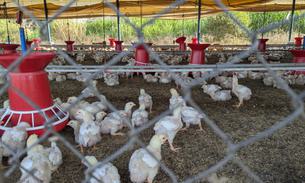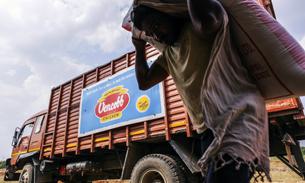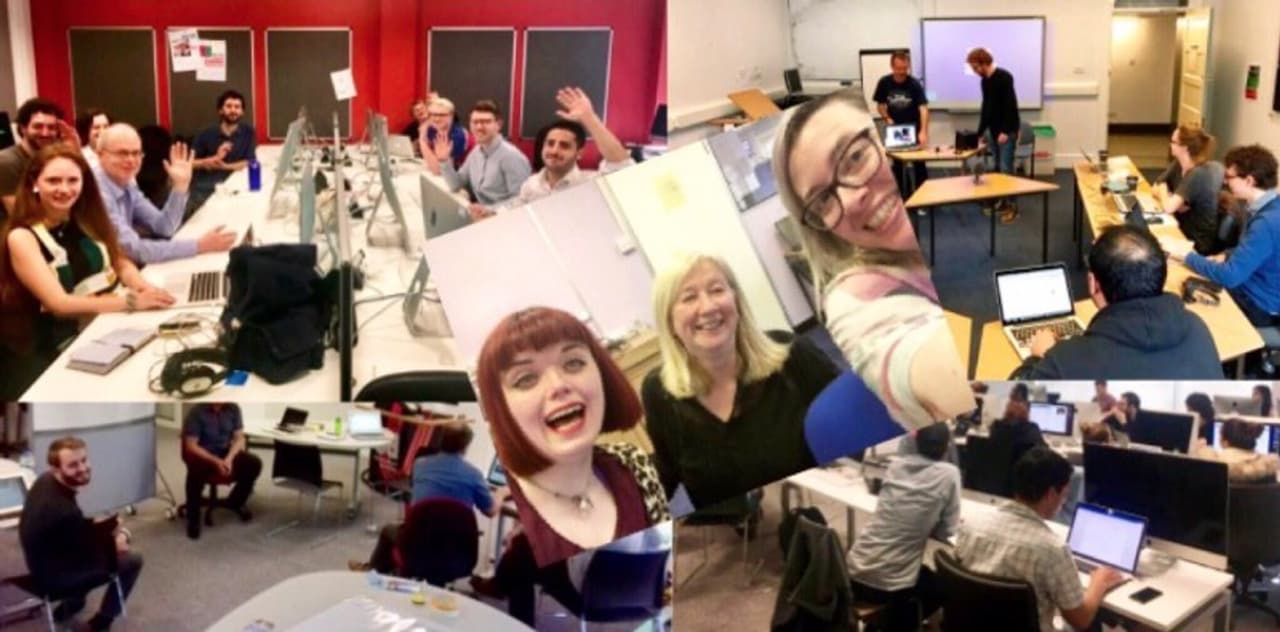
Six weeks, 77 stories, 84 cities and 350 people
How the Bureau Local team of four grew to a UK-wide collaborative network
Three months ago we launched the Bureau Local, a new wing of The Bureau of Investigative Journalism dedicated to uncovering local public interest stories in the UK.
For a tiny team of four, we’re ambitious.
From day one, our aim was to collaborate instead of compete, use technology instead of chase it and most importantly, work with local voices in order to tell the stories that matter to communities across the UK.
We want to spark a new wave of data-driven investigative reporting in the UK.
We started out by travelling - to Bristol, Leeds, Manchester, Glasgow and Oxford - and talking to local reporters and tech groups to identify stories, tech challenges and interest in collaborative journalism. Yet it wasn’t long before our ‘let’s listen and learn and build from there’ plan was forced into overdrive.
Three weeks after our launch, Theresa May called for a snap election. The public was in shock and the press began counting the days until June 8. Several local reporters told us they had little time and resources to cover the flurry of announcements or run election investigations.
Our team barely knew each other, let alone knew how to galvanise people across the country, but we knew we couldn’t sit still. If we were dedicated to bringing people across the UK together, to act as a resource for journalists and a centre point for collaboration on a common issue, this was it. So, we jumped in.
A week later we announced we would be taking on the election and launched a community platform for people to join us.
Six weeks after that - as voters headed to the polls - our team of four had grown to encompass a network of more than 350 regional reporters, bloggers, civic tech workers and others, spanning 84 cities across the UK.
By the time votes were cast, the Bureau Local network had investigated voter power, targeted political advertising on Facebook, reporter access to the party leaders and political crowdfunding, producing 77 stories in total.
Together, we tackled some of the most important and underreported issues of the campaign and we did it innovatively, in depth and from various corners of the country.
As the result of a hung parliament was sinking in, we had proved that the Bureau Local was not just possible, it was crucial.
Join the Bureau Local to become part of the network and the next investigation.
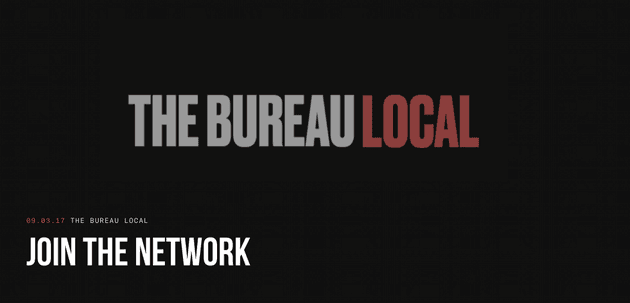
Four election investigations that helped us build the Bureau Local
Below we go behind the scenes in each of our election investigations and open up our workings and our data.
----------
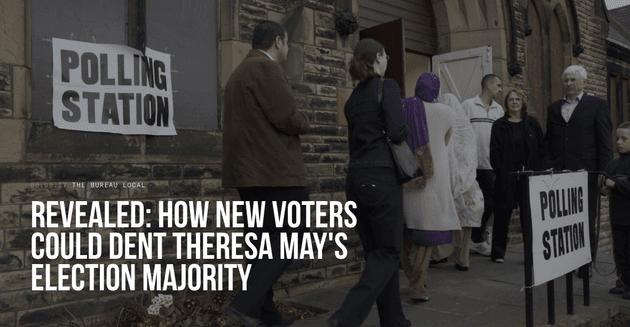
Voter Power
Two days before the election, we revealed that new voters and those without their previous party standing had the power to swing 71 seats.
The Bureau Local and the local reporters that worked with us were the only ones to identify these power groups ahead of election day.
Despite the widely assumed belief that May would not lose her majority, on June 9 the results revealed that assumption to be wrong and that nearly half of the seats we had identified had indeed swung.
This unique analysis came about at a collaborative hack day we held a week before polling day.
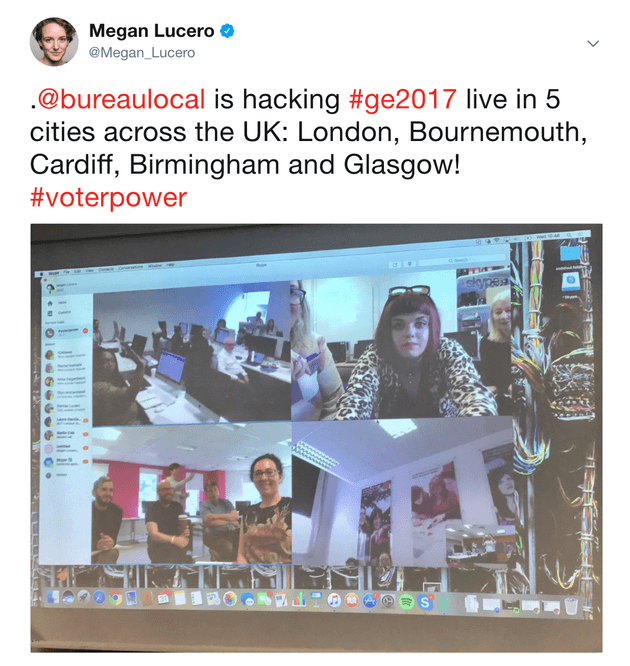
The Bureau Local built a robust database using demographics of the UK electorate and worked with two statisticians to estimate and verify registration figures (because there is no central database).
From education to age, to those registered and not, the Bureau Local pulled together information in order to find out who has the power to determine the result in their local constituency and how that reflected national trends.
With only a week’s notice, 65 people came together in five cities across the UK - Glasgow, Cardiff, Bournemouth, Birmingham and London - to dig into the database and find stories for their own communities.
Two journalists in London - Matty Edwards and Ed Fairhead - started looking at how our estimated registration numbers compared to the majority held by the incumbent in the seats they cover - Croydon Central and Colchester respectively. They found these seats had an increase in voter registration larger than the 2015 winning margin. They also looked at the numbers of past UKIP and Green voters and found constituencies where those parties were no longer standing.
The Bureau worked with Edwards and Fairhead and expanded their measures across across the UK to reveal there were 71 seats where these 'partyless' voters were greater in number than the majority held by the incumbent MP, meaning they had the power to swing their seat.
The data continues to act as a resource. You can access the methodology and data in full here.
The modelling led to a national story in The Times and and 18 local pieces, including the front page of the Ham and High.
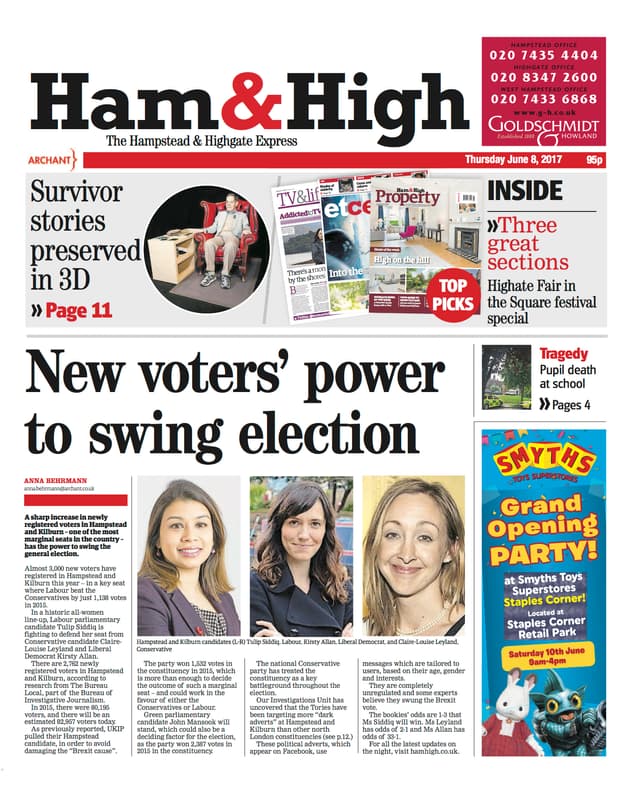
Shout out to the network’s pieces in:
Daily Gazette, Oxford Mail, Oxford Herald, East London Lines, Plymouth Herald, Richmond & Twickenham Times, Sutton Coldfield Local, Ham&High, Chester Chronicle, New-West Evening Mail, Croydon Advertiser, Devonlive.com, Clacton Gazette, Daily Gazette, Your Local Guardian + dsigitalWestie's gist
----------
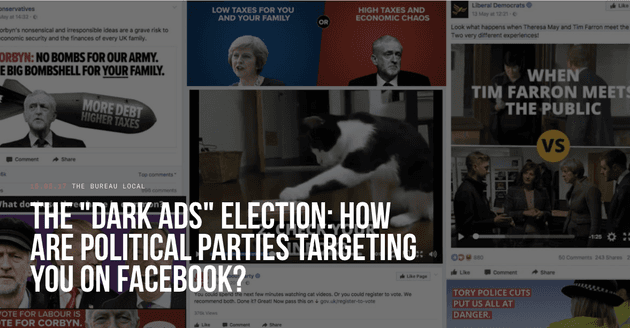
Dark ads
As the news of the snap election spread, many people began thinking about the role targeted Facebook ads might play in the upcoming campaigning.
Facebook holds detailed data on users - ethnicities, occupations, locations, interests, etc - allowing anyone interested to buy ads that target specific people with specific messages.
This ad can appear in individual newsfeeds without appearing on the Facebook page of the organisation that created it, meaning that unlike billboards or newspaper ads which everyone sees, the world of targeted advertising is ‘dark’ and hard to track.
We knew these ads had been used in both the US presidential election and the Brexit referendum. The General Election was already being labelled “the dark ads election”, but no one knew just how true this was or how to go about finding it out.
Luckily we had a solution. We partnered with Who Targets Me, a civic tech project that allowed Facebook users to track the political ads that were targeting them. We negotiated exclusive access to the local breakdown of the data for our network.
By the end of the election the project had over 11,000 people onboard pulling in 16,000 instances of political ads, making it the largest database and user group of its kind.
Ten local journalists joined us on the investigation. We pulled down the data relevant for their areas, gave them regular updates, shared ideas for ways to dig further and provided analysis of the national picture for context.
The stories that came out of the data were fantastic. We saw 36 local stories in print, radio and TV, that pulled out local angles we could never have spotted.
These included a front page in the Yorkshire Post, a fascinating deep-dive by BBC Scotland and some engaging data visualisations by The Bristol Cable. In addition, we contributed to four Guardian stories (including one on the front page), BBC Trending a Buzzfeed article and a New York Times piece.
The stories provided an unprecedented level of transparency in terms of how Facebook ads are used in election campaigns. We were able to tell both national and hyper-local stories and developed some great relationships with local journalists as we all grappled with a live and ever-changing dataset.
Shout out to the network’s pieces in:
North Devon Gazette, Birmingham Eastside, Ham & High, Bristol Cable, Romford Recorder, Ilford Recorder, Brent & Kilburn Times, Hackney Gazette, Barking and Dagenham, Newham Recorder, Islington Gazette, Oxford Mail, News & Star, North West Evening Mail, KMTV, Sutton Coldfield Local, BBC Bristol, Croydon Advertiser, Yorkshire Post, Whitehaven News, Eastern Daily Press, Shropshire Star, North Devon Gazette, Croydon Advertiser, The National, BBC Scotland, The Oxford Times, The Star
----------
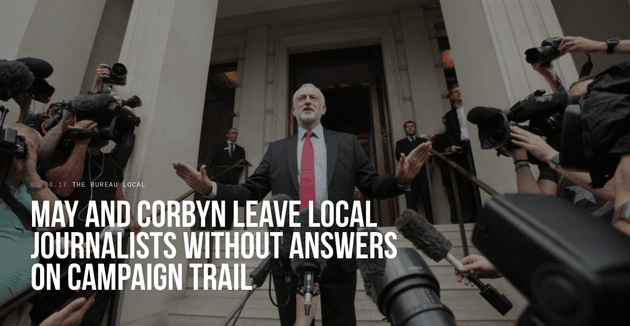
Local access to party leaders
Our investigation into journalists’ access to the leaders was prompted by the Prime Minister’s visit to Cornwall on May 2, during which local journalists were barred from filming her at a business in St Ives.
Jacqui Merrington, digital editor of Cornwall Live, told Press Gazette her reporters were “shut in a room” for the duration of her visit and told they could only ask two questions of May, who did televised interviews with the BBC and ITV at the end of the trip.
Following this report and other individual examples we were hearing from local journalists, the Bureau Local set out to build a comprehensive picture of reporter access across the country, something never before compiled.
Over the course of the campaign we analysed more than 80 visits by all the party leaders to constituencies across the country, speaking to nearly 60 journalists in the process.
Our research found that while both Theresa May and Jeremy Corbyn had talked up the importance of the local press ahead of the election, neither had lived up to what they had said.
Theresa May did more one-to-one interviews with local newspapers, but was more restrictive and less forthcoming in her dealings with them, failing to answer local questions with anything more than soundbites and requiring some reporters to submit questions in advance.
Jeremy Corbyn left more than half of the events we covered without speaking to a local reporter, though when he did agree to interviews he was more open than his Conservative rival.
The investigation proved an invaluable means for introducing reporters to Bureau Local and brought to light the barriers they faced when trying to hold party leaders to account for the public.
Additionally, it was the one investigation that we worked on that showed how local experiences can combine to tell a national story, rather than the other way around.
The story was also picked up and ran on The Press Gazette and Hold the Front Page.
----------
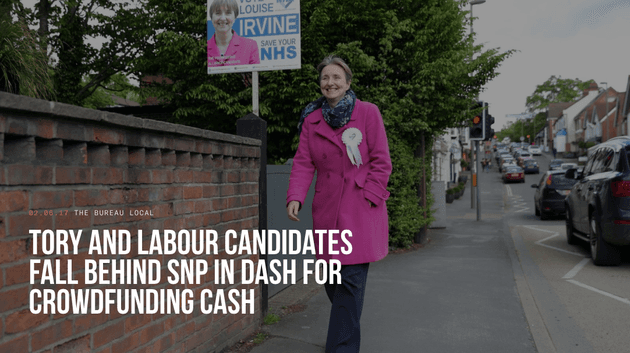
Crowdfunding
With the snap election catching candidates out of step, many had to get creative with ways to finance their campaigns quickly.
We found that more than 300 candidates - including 63 former and current MPs - turned to the online crowdfunding platforms, Crowdfunder, JustGiving, GoFundMe and Crowdpac. They collectively raised more than £450,000 on these websites.
To monitor how much each candidates raised, we built scrapers - code that collects information from webpages automatically. This tech allowed us to broaden the scope of our investigation and to create a previously inexistent database of electoral online crowdfunding campaigns.
What grabbed our attention was that each website operated slightly differently. Several of the inconsistencies raised concerns about funding transparency in local campaigns.
Two of the four crowdfunding platforms analysed, JustGiving and GoFundMe, have disclosed that they do not pass sufficient information to candidates to enable them to verify that donors are on the electoral register, which is required by law for donations of over £50.
Even when sufficient information is provided provided, there could be further complications if donors sign up to the crowdfunding platforms with a name or address that is different from the ones under which they are listed under in the electoral register.
These are all points that reporters and the public will be able to examine in local spending reports as and when they are released. Our work and our data is open. We hope you dig into it.
In the lead-up to the election we ran a crowdfunding story on our site with The Ferret in Scotland and with The Huddersfield Examiner.
You can access the crowdfunding data here.
----------
Here’s our Github account and our public Google Drive so you can use our data and details of our workings for your own investigation.
Please credit The Bureau of Investigative Journalism and do get in touch if you are going to use our work - we’ve love to help out!

